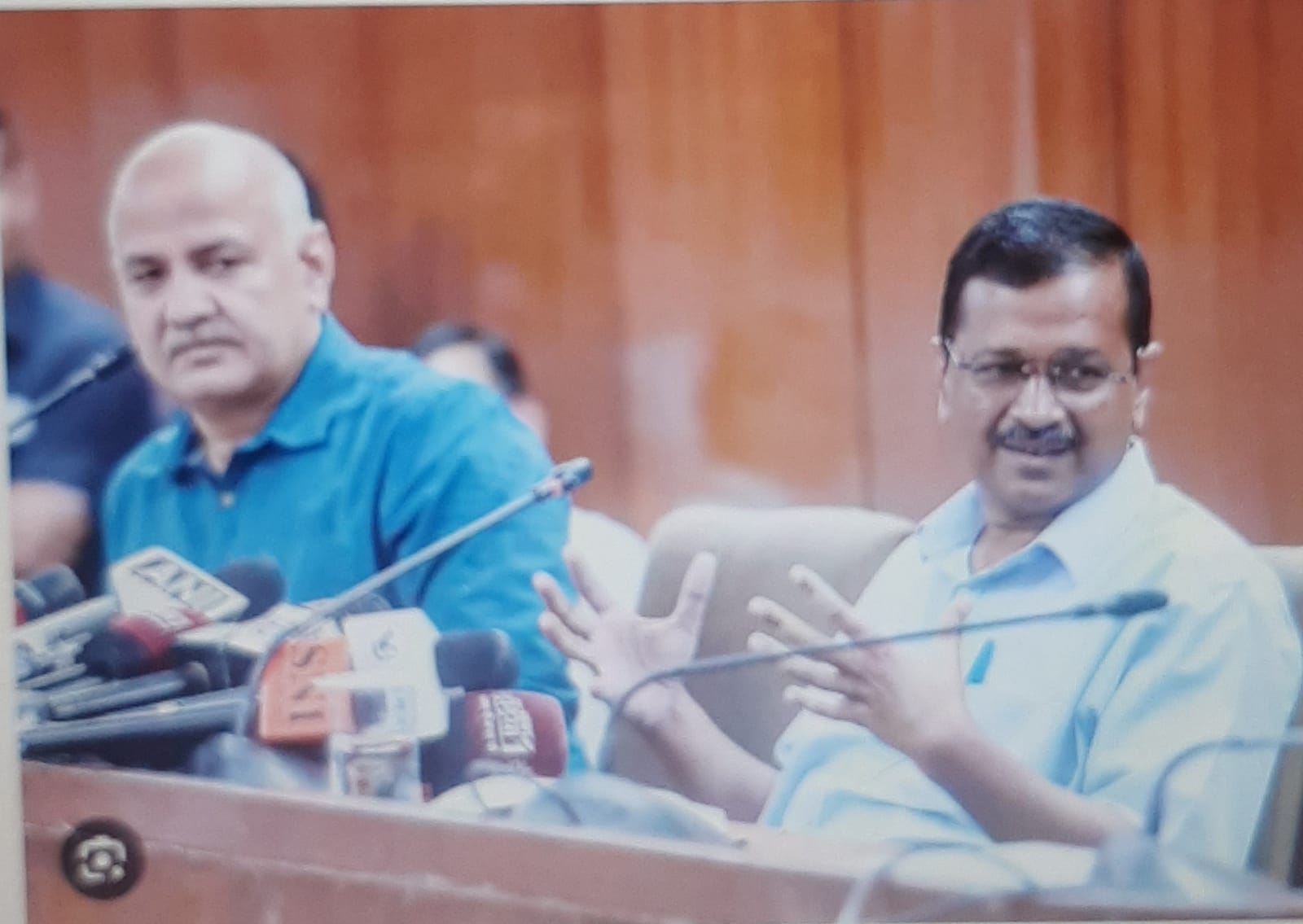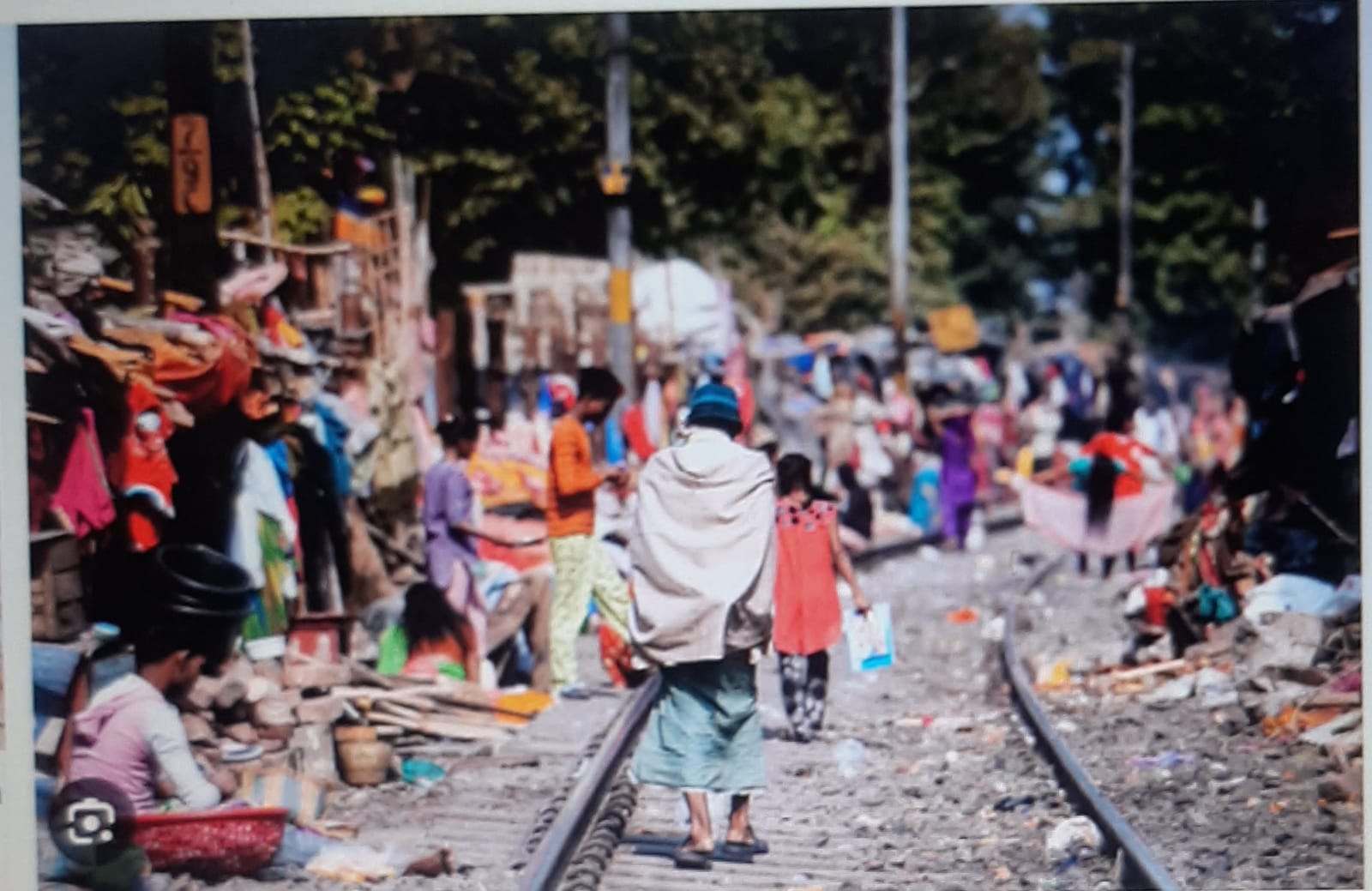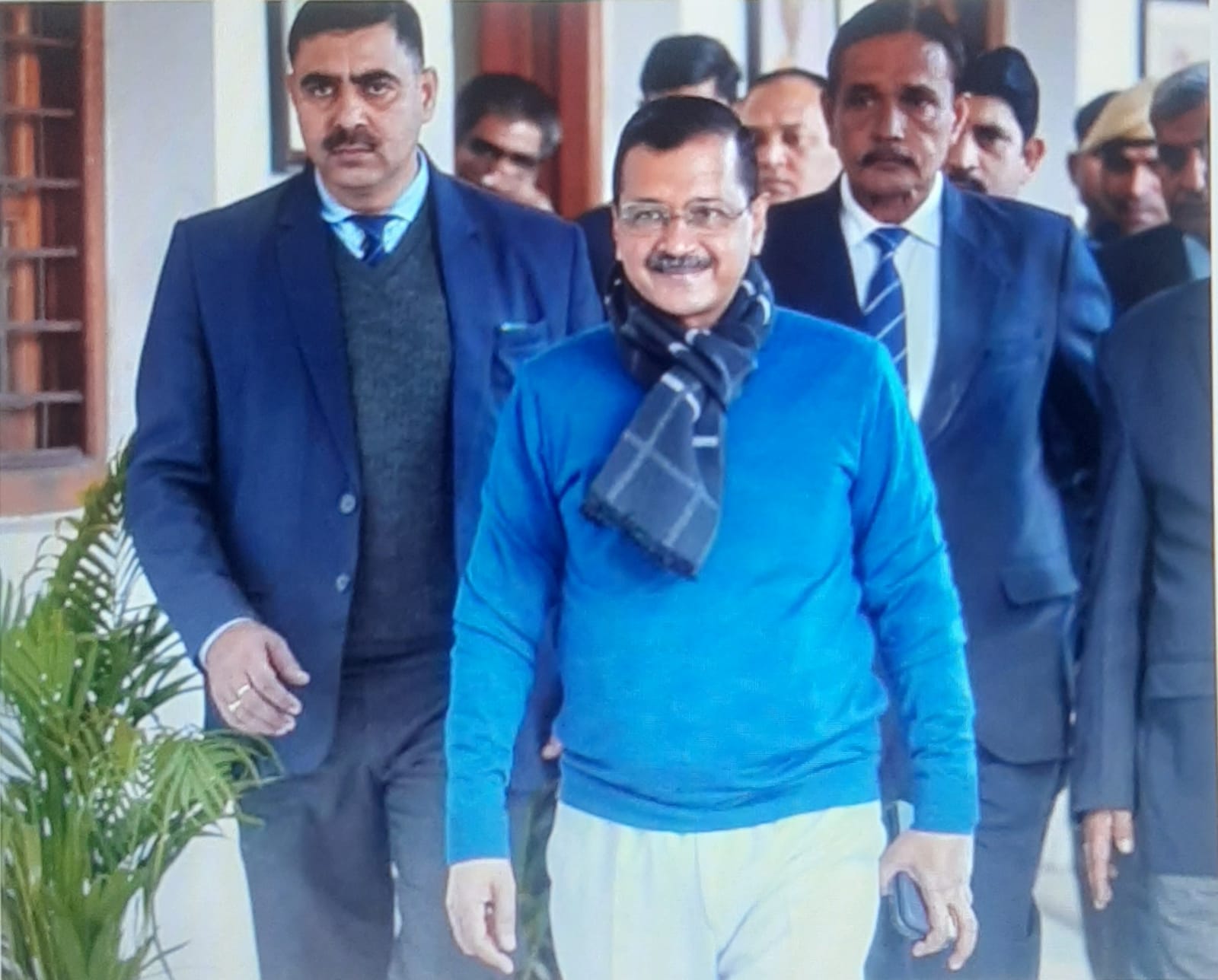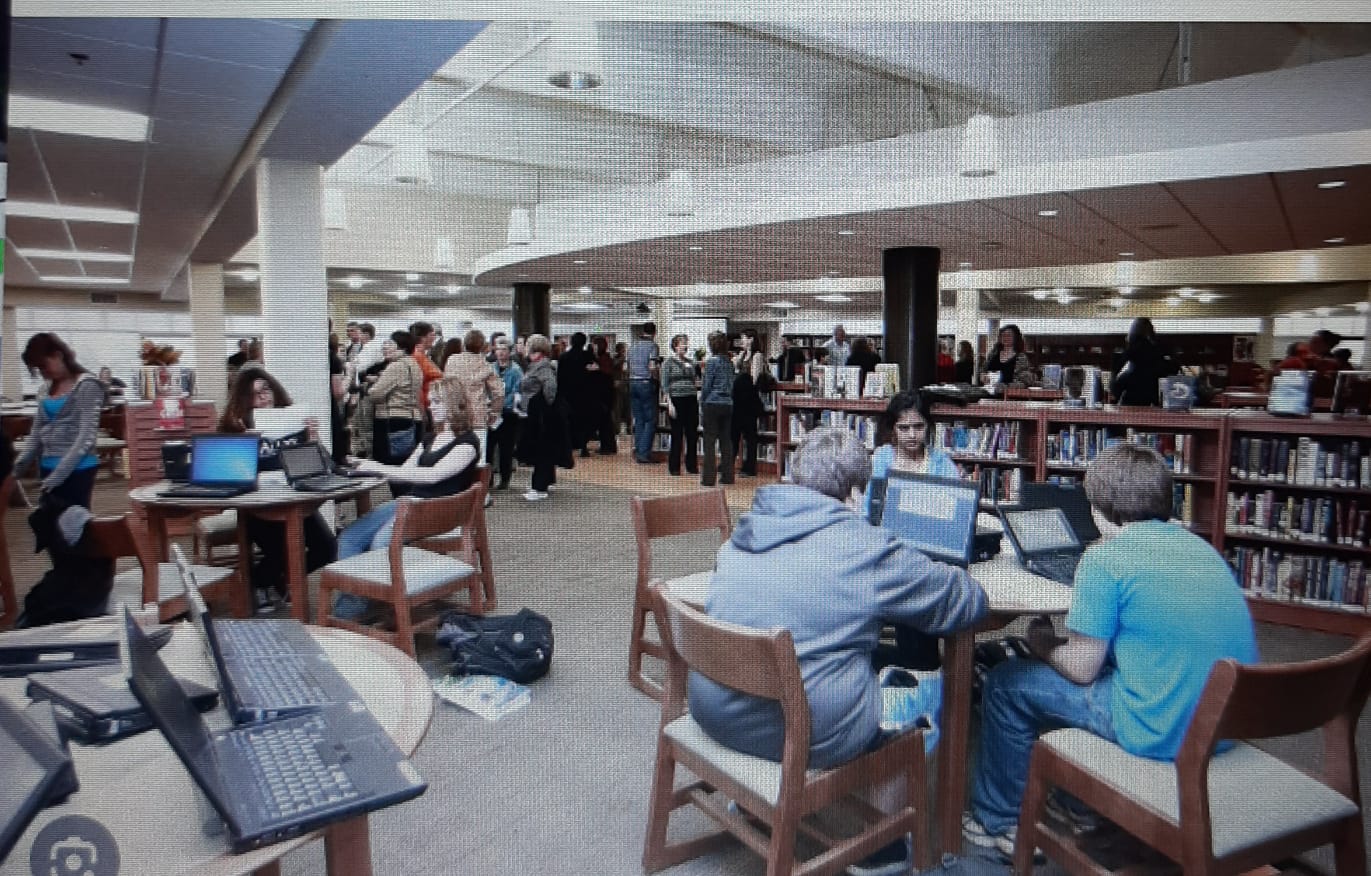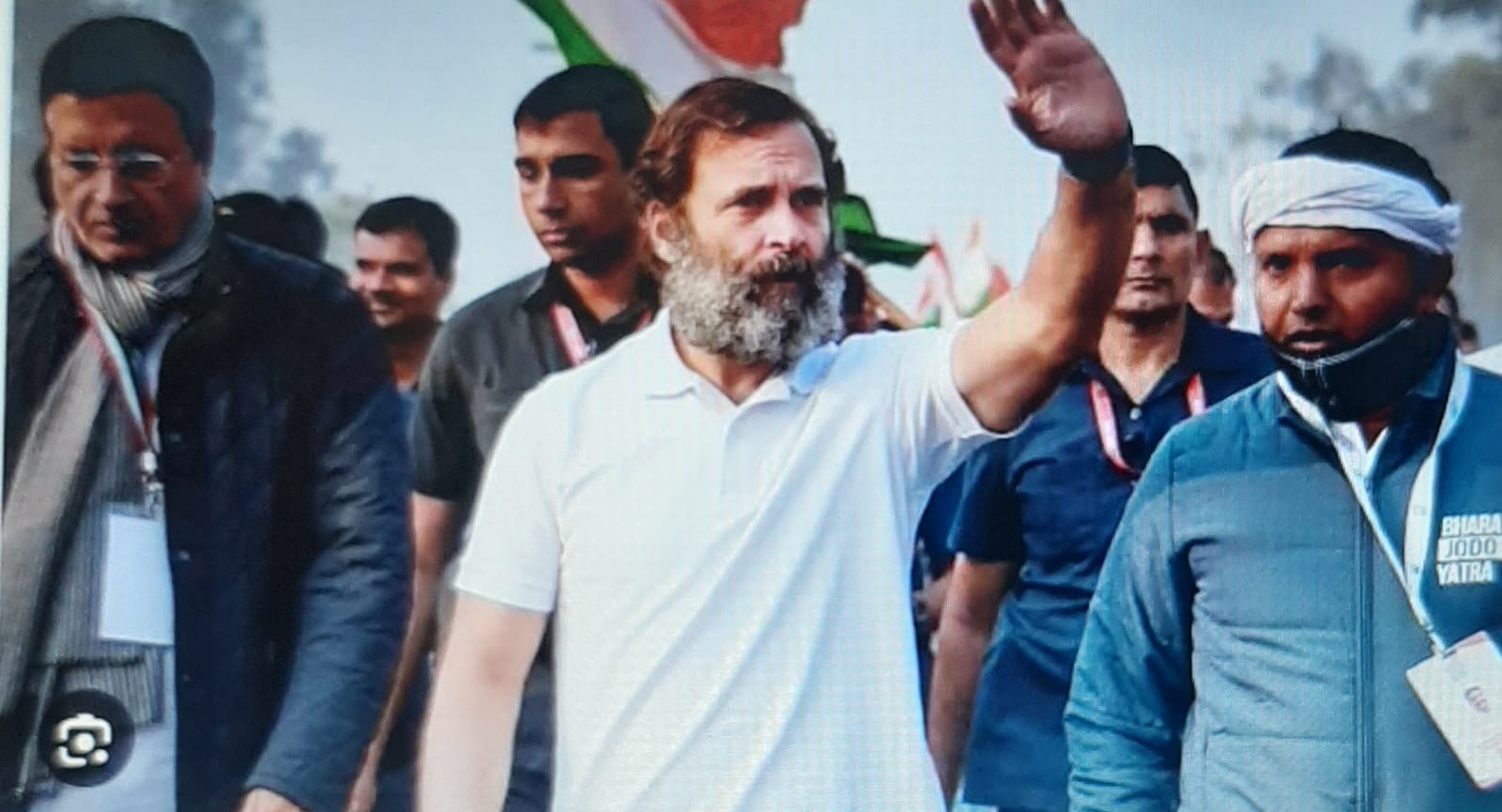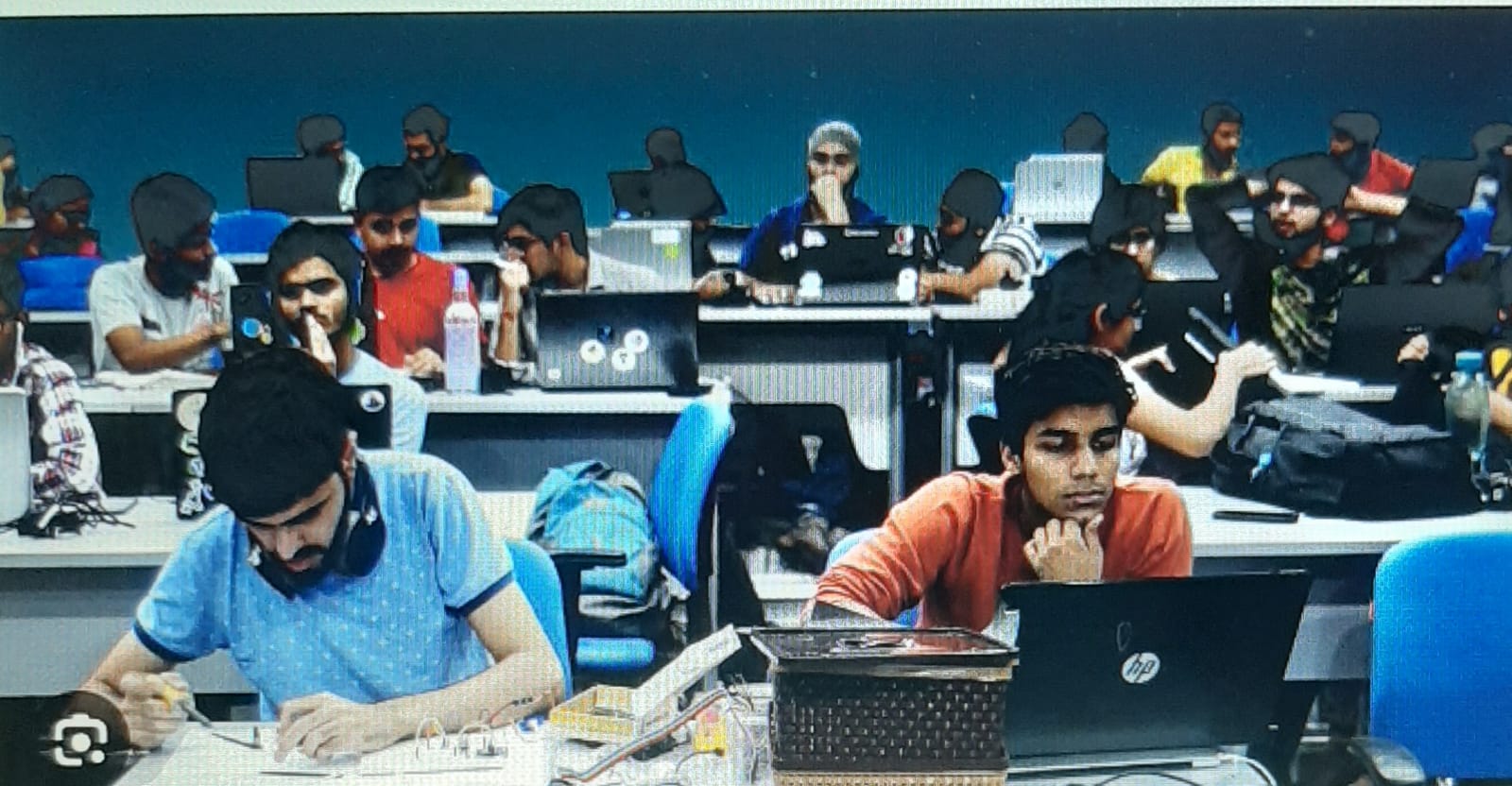Sonbhadra massacre: Deaths of Ramchandra, Durgavati and others expose an inept system that favours oppressors
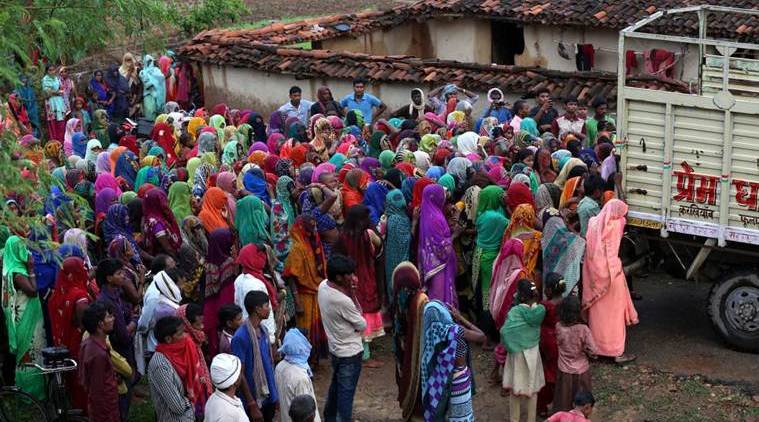
Preeti Nangal
Could the massacre that claimed 10 lives and wounded many at Murtiya, Sonbhadra in Uttar Pradesh on 17 July over a land grab issue have been averted? Although assurances and compensation from the state government were quick to arrive after the incident, the lackadaisical attitude of the state government despite strong indications of serious trouble is something hard to miss.
In January 2019, two letters were written to Uttar Pradesh chief minister Yogi Adityanath and BJP state president Mahendranath Pandey informing them about the land dispute in Murtiya, Sonbhadra. The letters stated that the land has been under illegal occupation since 1955, under the pretext of being named in favour of Adarsh Cooperative Society Ltd, a society formed by IAS officer Prabhat Kumar Mishra.
The letters said that the Gond farmers who were questioning the illegal land mutation were subject to constant abuse by the police including framing of false charges. The letters also mentioned that the protesting women farmers were subject to sexual abuse by the police.
Seven months after, 10 Gond farmers were murdered and several injured in a massacre for control of the same land in the Murtiya village. The incident was incited by this five-decade-long land conflict, which eventually put the village pradhan Yagya Dutt Bhurtiya and his associates (from Gurjar community), and Ubbha village farmers (Gond tribe) at loggerheads.
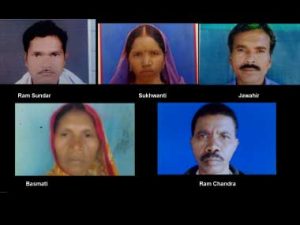
The Adarsh Cooperative Society Ltd, a society formed by Prabhat Kumar Mishra and his family in Ubbha, was illegally made the custodian of 463 bigha land in 1955, out of which 112 bighas belonged to the gram sabha. This land till then was being cultivated by the Gond farmers of Ubbha.
The dispute went from bad to worse after this society sold a major chunk of the illegally amassed land to Yagya Dutt Bhurtiya. Bhurtiya filed an application in 2017 for mutation of this land in his name. The villagers including the ones killed and injured approached the state Revenue Department immediately informing them about the illegality of the society’s land holdings and the subsequent transfer to Bhurtiya.
This correspondent reached Ubbha village on 21 July when Yogi was due to arrive to meet the families of the victims and distribute compensation cheques. A young Urmila (12) identified all the houses and huts of the deceased and took the correspondent around. However, the houses were mostly deserted due to the chief minister’s visit because the families of the victims had assembled in a nearby school playground since morning. What was interesting was that a new road sprang up just for this short visit.
h at the event to hand out comoensation to the kin of Sonbhadra massacre on Sunday. Image procured by Preeti Nangal
On the way to the school from the village, she pointed at two women and said they are from Ramchandra’s family — one of the deceased.
Ramchandra
The two women were Anita (18) and Karishma (22). Anita is Ramchandra’s daughter along with Lalita (15), and his descendants include his sons, Shivkumar (25) and Kunwarshah (19). Karishma is Shivkumar’s wife who informed that Shivkumar works as a labourer in Mumbai and Kunwarshah works as a driver. She also said that several people from the Gond community were still facing threats from Bhurtiya’s men.
Ramchandra. Image procured by Preeti Nangal
Long after the chief minister’s event was over, Laldevi (30), Pratibha (28), Atwariya (60), Phoolmati (70) and Nankush (60) still sat in the tent on the playground.
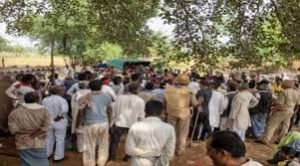
Ashok
Laldevi is the wife of the deceased Ashok (30), the latter of whom is survived by his two young children: Gulal Shah (10) and Parvati (5). Gulal attends the middle school in Murtiya. With no constant mode of income, Laldevi is apprehensive about the outcome of her children’s lives. Nankush, Ashok’s father, also heaved deep sighs having lost a young son to the land dispute and wondered who will take care of him in his old age.
The chief minister was made aware of the entire conflict in a letter by Duddhi MLA Heeraram Chero in January this year. Despite this, the families of the deceased allege that no action was taken. Another letter was written in the same month by the villagers addressed to state BJP chief Pandey.
The letters claimed that the Gond community had been farming since pre-independence on the disputed land, which became more valuable after the building of the Murtiya bandha (dam). The letters also claimed that since the creation of the illegal Adarsh Cooperative Society in 1955, IAS officer Prabhat Kumar Mishra and his family have been exerting their influence and pressure to keep the land in their name.
Some of the farmers recounted how they went into the forests many times to escape harassment by the police. Having regularly raised their voice against the illegal land mutation over the years, almost 60 people from the village have litigation against them.
Rajesh Gond
Pratibha is the widow of Rajesh Gond (28). She said that apart from tilling and cultivating the Murtiya land, Rajesh also worked as a driver in Mumbai. She also said that her sons, Maneesh (6) and Ankush (3) did not study whereas when her daughter, Tara (14) was in Class 5, she was allegedly possessed and due to worsening health, her education got terminated. When asked if she tried to take Tara to a doctor, Pratibha said that the doctors would not treat them but would shoo them away.
Ramdhari
Atwariya has no sons and since married daughters do not owe any responsibility towards their prenuptial family in Ubbha, she now depends on her brothers-in-law for her survival after losing her husband, Ramdhari (70). Atwariya’s two daughters are: Sukhwaari (30) and Suwasi (35), both of whom are married in Mirzapur and Sonbhadra respectively. So far, Atwariya is also devoid of pension benefits due to lack of proper documents in her name.
Atwariya’s brother-in-law, Babundar (40) said that their father, Heera Shah had five bigha land apart from a share on the Murtiya land, which they used to farm and cultivate in order to make a living. When asked if he is satisfied with the actions taken by the Uttar Pradesh government in response to the incident, he said that after losing a family member, how can anything be satisfactory.
Jawahir
Phoolmati, feebly holding the bamboo stick and occasionally breaking down, said that she lost her husband Jaikaran last year and now she lost her son, Jawahir (48) to the Murtiya massacre. She has two other sons: Mohan (34) and Rambali (32). Mohan, who has one daughter and three sons, lives in Mumbai where he works as a labourer. Rambali, who has two daughters and a son, lives in Ubbha and works on the land in Murtiya. Phoolmati said that on the day of the incident, Rambali was present on the field with the rest of the Gond community but when the clash erupted and the firing started, he rushed back home to save his life.
Jawahir is survived by his wife, Shukwaari and five children. Their daughter, Shivkumari (22) is married and has a year old daughter of her own. Her husband works in Billahi village, which is about 80 km away from Ubbha. The other two daughters, Rajkumari (18) and Lalti (11) have studied till Class 11 and 5 respectively. The two sons: Rajpati (16) and Satyanarayan (24) have studied till Class 10 and Class respectively. Satyanarayan works as a labourer in a Chennai factory.
The extended family of the deceased Jawahir said that the children go to a school in a nearby village, Ghuwas, which is about 10 km from Ubbha. Hence it made perfect sense when one of the things the family demanded was to have a girls’ inter-college nearby so they could educate their daughters without having them to travel long distances.
Ashok Gond
At Ashok Gond’s (35) home, who was also among the fatalities, a gathering of family members and village adults mourned his death. Ashok’s father, Harivansh (80), his sister, Indravati (36) and his elder brother, Indrajeet (40) were also present.
Indrajeet said that farming is the main occupation in the village but once the crop is sown, they switch to other minor jobs like tailoring, sewing, psychical labour etc. The other members of the gathering also explained that each family in the village has a small portion of approximate one and a half bigha in the Murtiya land on which they farm. However, after the 17 July massacre, the villagers are apprehensive and have demanded that they should get ownership rights on the Murtiya land to ensure their survival.
Ashok (35) is survived by his wife, Pushpa (30) and five children: Aarti (15), Nanki (12), Gudi (10), Raju (18), and Ranjit (3).
Durgavati
Deceased Durgavati’s (55) daughter Anita (35) was married off to her husband in Mirzapur but due to very little earning there, she came back to Sonbhadra with her husband. The families in Ubbha believe that once the daughter is married off, she has no share or right in her biological family’s property. Hence, no married daughter will get a share in the compensation money. However, since Anita was struggling to make ends meet after marriage, her father, Rangeela Lal gave her one bigha land to farm on, which helped her fend for her family.
Anita’s husband works in Mirzapur as a labourer in a brick factory. Anita has three daughters and a son: Rajkumari (19), Sangeeta (14), Maneeta (4), and Kamlesh (14) who have studied till Class 10, 8 and 3, and 8 respectively.
Durgawati is also survived by her two sons: Mansingh (40) and Chand Bahadur (30) both of whom are married.
By now it was evening and back in the school the family members of the deceased were being distributed ration.
Sukhwanti
In the school, men and women were sitting in different clusters and the two women from the family of Teja Singh were sitting together on the dry mud of the playground. Teja Singh has five sons and two daughters. On 17 July, his family lost two members in the massacre and several others were injured. The names of the deceased are Sukhwanti (40) w/o Ramnath (45), and Ram Sundar (50) s/o Teja Singh.
Ramnath lost his wife in the Tuesday massacre while he himself suffered several injuries and is in the hospital. He has four sons and a daughter: Ishwar, Raja, Shyam, Chotu, and Sarita. Since all of the children are very young, Kaushila (45) w/o Ram Sakar (50) came to collect the compensation cheque and ration on behalf of Ramnath’s family.
Ram Sundar
Ram Sundar is survived by his wife, Sita (42) and five sons and one daughter: Lallu Singh, Chintu, Manoj, Vinod, Lolark, and Maneela all of whom studied till Class 12, none, Class 8, Class 8, Class 7, and Class 9 respectively. However, at the moment, no one is continuing with their education.
Basmati, not Prabhawati
Representing Prabhawati’s family was Nand Lal (48), the husband of the deceased. Surrounded by some more men from the village, the first thing Nand Lal said was that the name of his wife is Basmati (45) and not Prabhawati.
Nand Lal has one son and four daughters: Babbu (25), Sangeeta (23), Anita (20), Seema (17), and Rangeeta (13). In terms of education, Babbu, Sangeeta (married), and Seema studied till Class 8, Class 5, and Class 10 respectively. Rangeeta is still studying in Class 7 whereas Anita, who is also married, dropped out after completing BA first year from an intercollege in Kalwari, almost 60 km from Ubbha.
There are at least two reasons for the dropout: the aeon old reason of poverty and the recent reason of increasing threats from the Gurjar community (the ones trying to seize the Murtiya land) that the Gond children face on their way to school. Nand Lal said that as per the chief minister’s promises if residential schools will be opened near Ubbha, it will definitely help the children of the village.
When asked where he was at the time of the incident, Nand Lal said that he was at home when Basmati was facing the bullets, choppers, and lathis of the Pradhan and his henchmen. He said that he had no inkling about the incident at that moment otherwise he would have either have been killed himself.
Nand Lal’s mode of earning a humble meal is to farm on the 2-3 bigha land in Murtiya where the incident took place. He demands from the Uttar Pradesh government to give ownership rights on the Murtiya land (about 600 bigha) to the entire Ubbha village.
What caused the massacre?
As per the villagers, earlier the farmers were made to pay tax to Adarsh Cooperative Society but once village head Yagya Dutt Bhurtiya took over some land in his name, the farmers stopped paying the tax. They came together and put in a petition against the pradhan’s ownership, informing officials about the illegalities involved and how despite this, the pradhan was granted the land in his name.
Since then, whenever the villagers would try to cultivate the land, they would either be threatened by the pradhan and his henchmen or they would be termed ‘goonda’ (thugs). The Gond farmers said that they could not pay the bribe that was being demanded. The farmers could only afford to pay off Rs 100 or Rs 200 but the police and the administration would demand bribes in thousands and lakhs. The villagers said that despite the information about the unlawful occupancy, the police and the administration did not act.
They say that is the cause of the massacre as the pradhan was sure about his impunity. The villagers allege that the administration of the area remained silent till the incident took place and only after the murderers fled from the crime scene did they stir.
Where is the land for the tribes?
Several houses of the Gond tribe are on the land (about 55 bigha) owned by an anonymous person in Chakiya-Chandauli, which was erstwhile in the name of a contractor. The Gond community living on this land do not have official documents to claim their right on it despite living there before the allocation of the land. If the matter is not resolved legally, the fear of another gruesome incident like the Murtiya massacre is always looming. (Courtesy/Thanks: story/pics: First Post)



